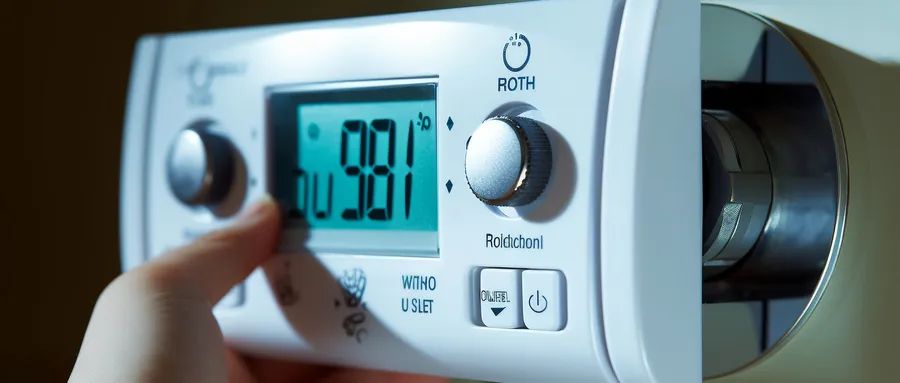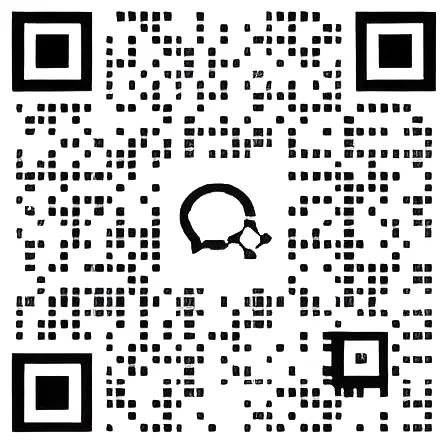
The IoT thermostat panel provides strong support for energy saving through intelligent control, flexible adjustment, and remote monitoring, helping to reduce energy consumption and carbon emissions.
Firstly, the IoT thermostat panel supports automatic wind speed adjustment and switching between cooling, heating, and ventilation modes, allowing it to flexibly adjust the air conditioning operation based on actual needs, thus avoiding unnecessary energy waste.
Secondly, the IoT thermostat panel supports temperature upper and lower limit settings, allowing users to set an appropriate temperature range. When the room temperature reaches the set value, the air conditioning will automatically stop working, preventing excessive energy consumption.
Additionally, through scenario control with other IoT devices like lighting, sensors, and thermostats, the IoT thermostat panel can achieve smarter energy-saving control. For example, after people leave a room, it can automatically turn off the air conditioning or adjust to a lower power, further reducing energy consumption.
Finally, the IoT thermostat panel supports remote querying of air conditioning operation status, allowing users to understand the operation of the air conditioning in real-time, promptly identify and resolve potential energy consumption issues, and improve energy utilization efficiency.
Precise Control of Indoor Temperature: Connected thermostats can monitor indoor temperatures in real-time and accurately adjust the operation of central air conditioning based on the set temperature value. This precise control can prevent excessive cooling or heating, thus reducing energy waste.
Time-Slot Control: Through the connected function, the thermostat can receive and execute time-slot temperature setting instructions. During periods when cooling or heating is not needed, the thermostat can automatically adjust the operation status of the central air conditioning to reduce power consumption.
Remote Monitoring and Management: With the help of a network platform, users can remotely monitor and manage the operation of central air conditioning. This not only provides convenience for users but also helps them understand the operation status and energy consumption of the air conditioning in real-time, allowing timely adjustments for energy savings.
Adaptive Learning Technology: Some advanced connected thermostats also feature adaptive learning technology, which can predict future temperature needs based on historical data and current environmental conditions, adjusting the operation status of the central air conditioning in advance. This predictive adjustment helps improve the operational efficiency of the air conditioning system, further achieving energy savings.
Interaction with Other Devices: Connected thermostats can interact with other devices such as smart doors and windows, indoor light sensors, and air quality sensors. When these devices work in conjunction with the thermostat, they can create a more energy-efficient and comfortable indoor environment.
In summary, IoT smart central air conditioning thermostats significantly enhance the energy-saving performance of central air conditioning systems through precise control, time-slot management, remote monitoring, adaptive learning, and collaboration with other devices.
Source: Advantage IoT, please contact us for removal if there is any infringement.

Scan the QR code to contact us
